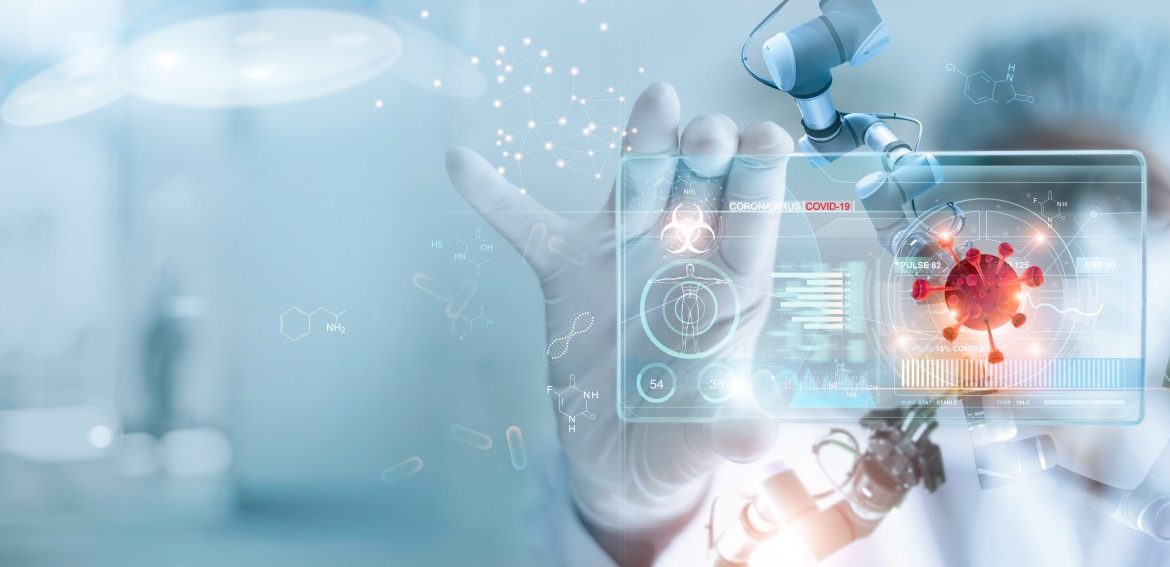It’s December, and about a year has passed since the Covid-19 outbreaks spread worldwide. While millions grapple with the pandemic, in the United States, the vaccine is getting closer to distribution.
Public health officials have been planning for the arrival of the coronavirus vaccine for months. It is a major step to fighting the virus, even though it won’t solve all the pandemic problems.
The new tide of the virus surging faster than in the spring and it’s especially important to remember three Ws: Wear our mask, Wash our hands, and Watch our distance. These three rules can save our lives.
While people are waiting for a new vaccine, some of them feel apprehension about it, considering the speed it’s developed. That’s absolutely natural. And it’s also true that the process to develop Covid-19 vaccines has been tremendous. However, the speed at which we will receive them is not due to a lack of safety.
Overlapping measures of review in development, as well as the breadth of technological advancements, have made such speedy creation possible, as the scientists recognized the world’s need for a vaccine.
We use technology all the time in healthcare. In Delaware, Beebe was the first hospital to treat a coronavirus patient with monoclonal antibody therapy. The FDA approved this therapy for emergency use in November.
Clinical trials showed that this treatment reduces COVID-19-related hospitalization. According to a New England Journal of Medicine study, it also reduces disease progression in patients at high risk within 28 days after treatment compared to placebo.
How does this treatment work?
Monoclonal antibodies are proteins created using technology. After infusion, the antibodies support the immune system’s ability to fight the Covid-19.
There are other possible vaccines to consider, as well. Some alternatives work by using a specific protein, which will trigger the body to create antibodies that could help combat the coronavirus if a person is exposed in the future.
The Moderna and Pfizer COVID-19 vaccines use technology with messenger RNA. That is the blueprint that human bodies usually use to create proteins. These vaccines create the protein, which will, in turn, cause the body’s immune system to form antibodies against the coronavirus.
When one particular gene needs to do its work, it makes a copy of itself, called messenger RNA – noted Paula Cannon, the associate professor of microbiology at the University of Southern California’s Keck School of Medicine. He added that if DNA is the big instruction manual for the cell, messenger RNA is more like when we photocopy just one page that we need, taking that into our workshop.
















